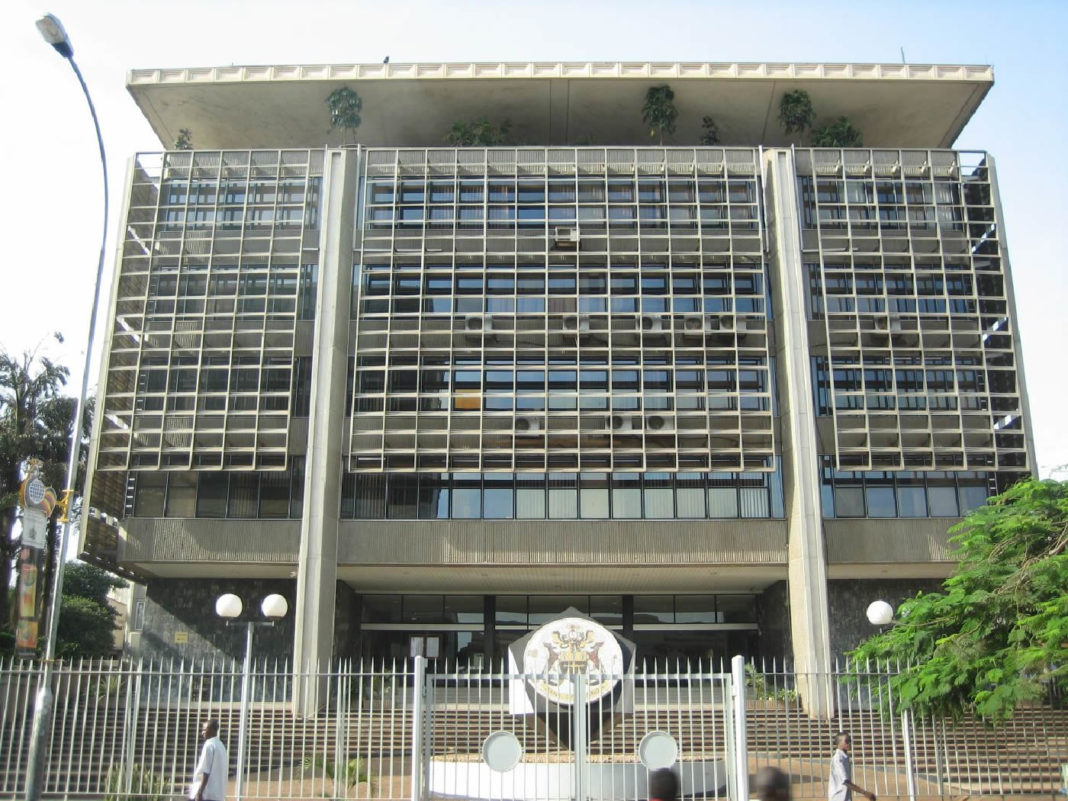By Our Reporter
Central banks increased reserve holdings of equities beyond US$1trillion last year as they joined return-hungry investors worldwide in accelerating purchases of higher-risk instruments to compensate for low yields on traditional sovereign investments.
Yield-enhancing central bank investments in equities, corporate bonds and emerging market currencies, maintained despite weaker stock markets last year, look set to continue, with more than a quarter of central banks declaring their intent to boost riskier investments in 2020-21.
Decisive changes in central banks’ investment behaviour, revealed in a study by monetary policy think tank The Official Monetary and Financial Institutions Forum (OMFIF), accompanied a US$1.4 trillion rise last year to US$37.8 trillion in total assets of Global Public Investors – 750 central banks, sovereign funds and public pension funds from 183 countries.
This is part of a wider trend, extended now over several years, under which GPIs are increasingly diversifying portfolios – including into illiquid ‘real economy’ assets such as real estate and infrastructure – to make up for low returns on traditional assets.
OMFIF’s latest annual report – Global Public Investor 2019, published on June 12, 2019 – is the largest and most comprehensive worldwide survey of public sector investment institutions owning or managing assets equivalent to 43 percent of global GDP. Asian GPIs, led by institutions such as the People’s Bank of China, Japan’s Government Pension Investment Fund, Bank of Japan, Hong Kong Monetary Authority and Singapore’s GIC retain top position with cumulative assets under management of US$14.3 trillion. The central banks with some of the largest publicised equity holdings include the Swiss National Bank, Bank of Korea and Bank of Israel.
The OMFIF report underlines the largely unforeseen reverberations of central banks’ post-crisis easing policies. Declining yields have damaged central banks’ reserves income and, in part, their independence, driving them towards higher returns on riskier investments, possibly exacerbating overheated markets.
Global Public Investor 2019 contains special reports on topics such as central banks and climate change, Islamic finance, central bank communications policies and the gold market. It includes OMFIF’s annual study of countries’ net international investment positions, with the imbalance between creditor and debtor nations widening in 2018 to a record US$33.8 trillion. The US is by far the world’s largest net debtor (US$9.6 trillion), and Japan the biggest net creditor (US$3.1 trillion). Germany (US$2.3 trillion), which has taken over from China (US$1.7 trillion) as the world’s No.2 net creditor, is the only non-Asian country in the world’s top five creditor nations.
Research for the 2019 edition, the sixth, was complemented by OMFIF’s largest survey to date, encompassing institutions collectively managing US$17.9tn of assets answering 87 detailed questions. The responses show that some public investors, concerned about a potential global downturn and its impact on their portfolios, are rebalancing their investments into more traditional assets. ‘We believe we are in a later stage of the business cycle. For that reason, we reduced our equity allocation,’ said one public pension fund.
But overall, the build-up in riskier assets looks set to gain fresh momentum. Of the GPIs surveyed, 24 percent intend to expand their equity investments, with the percentage share largest among the central banks especially from Europe, and 15 percent are likely to increase allocations to corporate bonds, infrastructure and real estate.
Among central banks 39 percent say they are taking more risk to pursue greater returns, while an additional 43 percent increased their risk budget and are moving into higher-yielding assets, and 22 percent of central banks have changed their risk frameworks.







